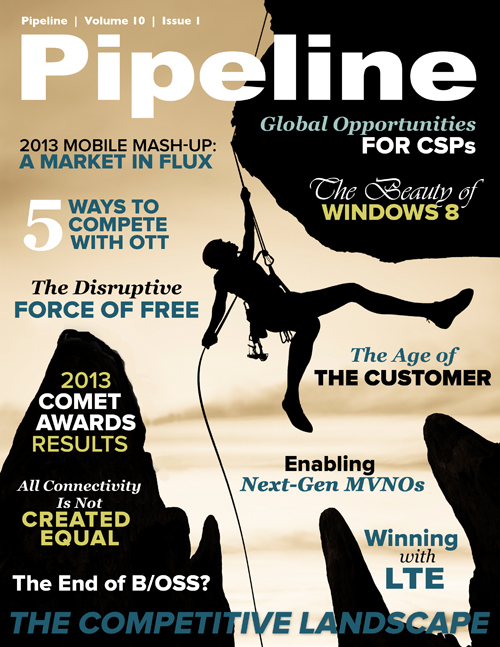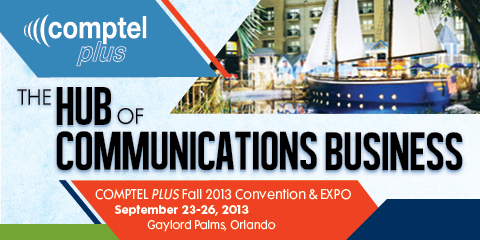The Beauty of Windows 8
Looking at the start screen and seeing familiar faces is just one example of how the Windows 8 experience is humanized to provide a real portal into your digital universe that’s every bit as stylish and branded as Apple’s, minus the constant Siri fails. The integrated, personalized experience, even if customers don’t know it yet, is built to last. But maybe the beauty lies in what you can’t see: the strategy.
With roughly 800 million Windows users around the world, the migration to Windows 8 does something unique: it essentially forces all those users to upgrade to Microsoft’s mobile operating platform, which is the front end of Windows 8. Despite the naysayers and the fast-approaching expiration of Windows XP, which will affect close to 500 million users, Microsoft’s move will ultimately eliminate perhaps the largest adoption for its users’ mobile devices.
To put it another way, why would your company select BlackBerry as its official mobile-phone provider when it can give employees the same user experience on their smartphones, including full integration with Microsoft Office and other critical enterprise applications (Yammer, Skype), that they’ve had on their desktop computers? Factor in the 77 million Xbox users who stream games, videos, music, and more (e.g., AT&T U-verse and Comcast Xfinity content as well as several voice over IP, or VoIP, offerings from tier 1 operators), and all of a sudden you have a cross-device platform that’s integrated with work and home. It may not sound like much at the moment, but sources at Microsoft insist the company is gambling on a “leap-frog strategy" that spans the next 5-10 years. From Pipeline’s vantage point, that feels like a pretty safe bet.
Windows 8 has been blamed for sliding PC sales. But while the latest statistics from NetMarketShare indicate that the larger PC market, which includes about 1.5 billion Windows-based desktops and laptops worldwide, is sagging a bit, no one appears to be replacing his or her PC with a Mac—Windows 8 continues to slowly but surely gain in market value.And when you consider that the tablet phenomenon is barely three years old, a dip in PC sales seems perfectly normal, though the more recent innovations of tablet PCs like Surface and “convertibles”—laptops that can be reconfigured into tablets, and vice versa—may breathe new life into the market. Only time will tell, but since Microsoft is betting both sides with Surface and Windows-powered convertibles from Asus, Dell and others, it’s bound to benefit.
Moving beyond the PC
The first clue that Microsoft had moved beyond the PC was the absence of the traditional Windows “start” button in Windows 8. But an update code-named “Blue”—a beta version of 8.1 is due later this month—will add it back for the sake of PC purists, a sign of just how rattled the diehards were when “Live Tiles” replaced the button. At Pipeline we’re aware that the digital generation couldn’t care less about start buttons and other reminders of the desktop days of old, but apparently those of us who grew up playing Minesweeper on Windows 3.1x can’t quite let go.





















